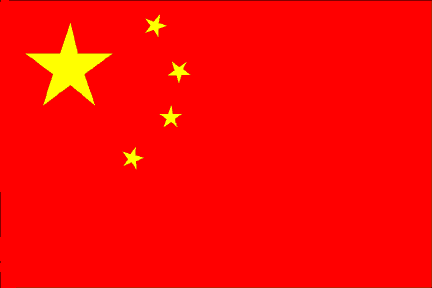 |
 |
| April 1995: Department of Energy (DOE) analysts discovered similarities between Chinese weapons tests of small nuclear weapon and W88 warhead and bring their concerns to DOE Office of Intelligence's Notra Trulock, who suspects espionage. June 1995: CIA obtains a document from a Chinese official, regarding its nuclear weapons program. W88 is specifically mentioned. |
| February 1996: DOE and FBI began search of lab travel records and other data, which identify five possible suspects, including Wen Ho Lee. July 1996: China completed its evaluation of new warhead technologies. June - August 1996: The FBI opens a formal investigation into the case; In July, the FBI and DOE brief the Senate Intelligence Committee. In August, FBI and DOE officials also brief the House Intelligence Committee. |
| April 1997: The FBI issues a classified report on the labs, recommending re-instatement of background checks on foreign visitors. July 1997: Thompson committee hearings began. July 1997: DOE Office of Intelligence's Notra Trulock meets with then-DOE Secretary Federico Pena, and is immediately sent to White House to meet with Sandy Berger, then Deputy National Security Advisor. Lee is still not specifically identified as a suspect. Berger briefs President Clinton August 1997: CIA Director George Tenet and FBI Director Louis Freeh meet with Pena to discuss lax security at the lab. Pena expresses shock August 1997: Sandy Berger travels to Beijing to meet with Chinese officials, preparing for the Presidential summit. Berger asks Gary Samore, proliferation expert on NSC staff, to order a CIA analysis on Chinese development of the smaller warhead. In September, Samore reports that the CIA is less conclusive than the DOE on the extent of damage. September 1997: Freeh tells DOE officials the bureau did not have enough evidence to arrest Lee. The case was seen as inconclusive. Freeh also suggests, however, that there was no reason to let Lee keep his security clearances. October 1997: Clinton visits China. |
| February 1998: Clinton signed Presidential Decision Directive 61 requiring better security at the labs. April 1998: Edward Curran named to run office of counterintelligence at the DOE. July 1998: House Intelligence Committee requests an update from DOE. Office of Intelligence's Notra Trulock, who has been passed over by DOES ecretary William Richardson, for counterintelligence job, claims he was ordered not to brief the House committee. DOE denies this. In October, Trulock claims he was not permitted to discuss espionage activities at the lab in his statement to the House Intelligence Committee. However, he does answer questions when questioned by committee members. November 1998: Los Alamos scientist Wen Ho Lee loses security clearances, 14 months after FBI director Freeh reportedly told DOE officials he had no objection to DOE removing clearances. December 1998: Lee is given first lie detector test. Results are inconclusive. |
| January 1999: Allegations of espionage are included in Cox Committee report on Chinese-US relations and effect on national security. Wall Street Journal and Washington Post also report on allegations. February 1999: Los Alamos scientist Wen Ho Lee is given second lie detector test. He fails it. After polygraph test, Lee deletes nuclear weapons codes from his computer. March 1999: US officials uncover transfer of weapons codes from classified to unclassified computers. Lee is fired. April 1999: Energy Department Secretary Bill Richardson announces computer security review at labs. August 1999: Richardson urges disciplinary action against three employees at the Los Alamos National Laboratory for their role in security lapses. Richardson said there was a "total breakdown in the system." December 1999: Attorney General Janet Reno meets with top administration officials to decide on possible prosecution. Less than a week later, Lee is arrested at his home in New Mexico. He pleads innocent to a charge of improperly handling nuclear weapons secrets. |